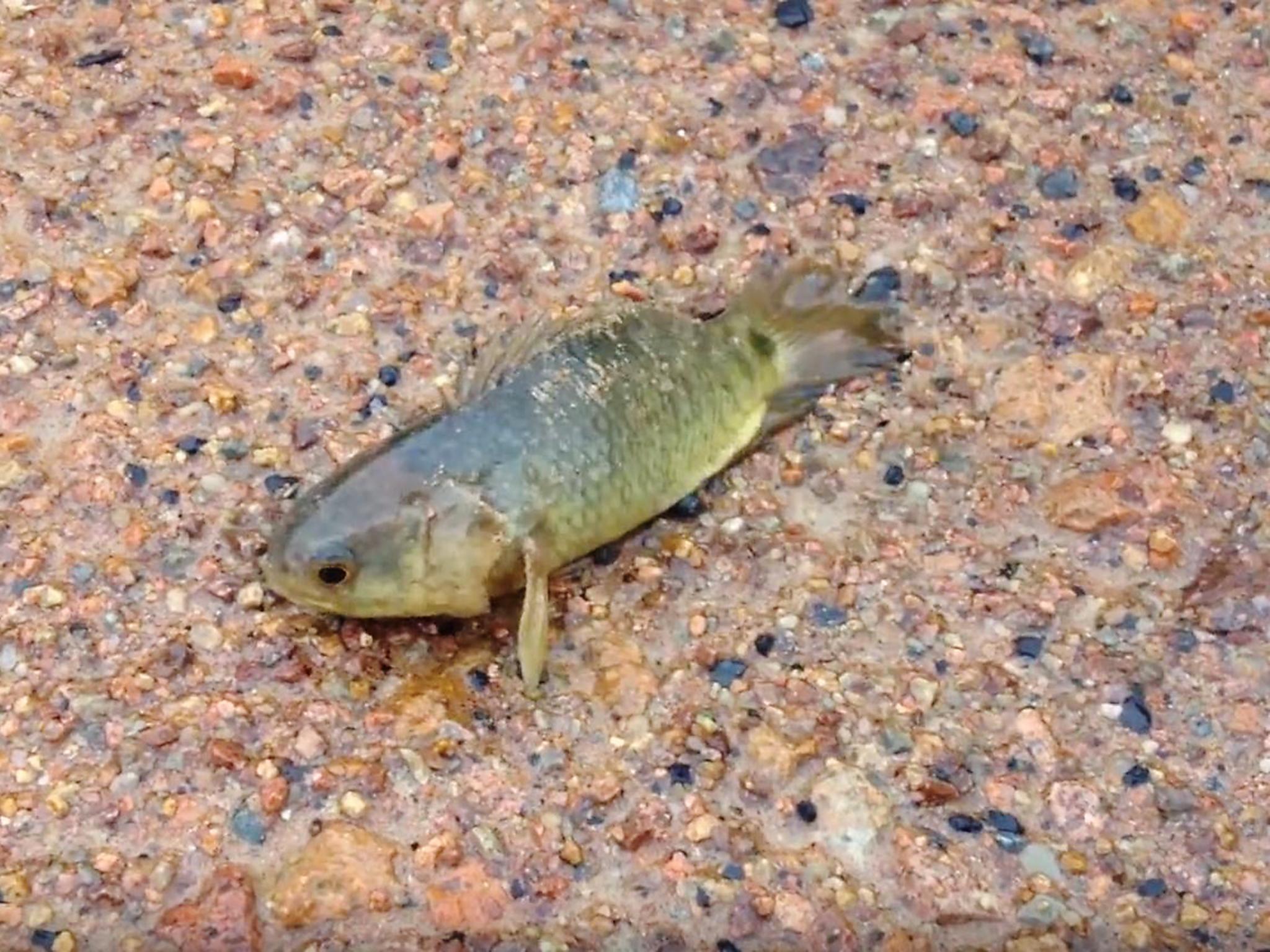Eyes, not legs, prompted animals to move from sea to land 385 million years ago
Being able to see tasty insects on the land may have tempted the first vertebrate animals out of the sea, with legs developing later as a consequence

Eyesight, rather than legs, prompted large animal life to venture onto the land for the first time some 385 million years ago, according to a new study.
Researchers at Northwestern University in the US studied the fossil record and discovered the eyes of our ancient aquatic ancestors tripled in size before they moved from sea to land.
It is thought the ability to see food on the land, prompted animals to try to get it and they then gradually evolved limbs that made this much easier.
Professor Malcolm MacIver said: “Why did we come up onto land 385 million years ago? We are the first to think that vision might have something to do with it.
“We found a huge increase in visual capability in vertebrates just before the transition from water to land.
“Our hypothesis is that maybe it was seeing an unexploited cornucopia of food on land – millipedes, centipedes, spiders and more – that drove evolution to come up with limbs from fins.”
Insects and other invertebrates had colonised the land about 50 million years before the vertebrates took the same step.
The dramatic increase in eye size makes little sense if they were just being used underwater, but it is possible to see 70 times further through air than water.
Fellow researcher Professor Lars Schmitz said: “Bigger eyes are almost worthless in water because vision is largely limited to what’s directly in front of the animal.
“But larger eye size is very valuable when viewing through air. In evolution, it often comes down to a trade-off. Is it worth the metabolic toll to enlarge your eyes? What’s the point?
“Here we think the point was to be able to search out prey on land.”
The researchers also suggested this increased ability to see the surrounding world may have made the animals more intelligent.
In water, they had to react with split-second timing to things they saw – food or a predator – because this only happened at a relatively short distance.
Having more time to consider the world may have driven the evolution of more complex, strategic thinking.
A paper called Massive increase in visual range preceded the origin of terrestrial vertebrates was published by the journal Proceedings of the National Academy of Sciences (PNAS).
The researchers studied 59 fossils from before the water-to-land transition and found the average eye orbit size rose from 13mm to 36mm – over a very long time.
“The tripling of orbit size took 12 million years,” Professor MacIver said. “This is the timescale of evolution, which boggles our mind.”
There are many animals today that possess the ability to live happily on land and in the sea, such as seals and penguins. More unusual is the climbing perch, a native of Papua New Guinea. This is a fish that has both gills and lungs and can survive on land for up to six days.
Join our commenting forum
Join thought-provoking conversations, follow other Independent readers and see their replies
Comments
Bookmark popover
Removed from bookmarks